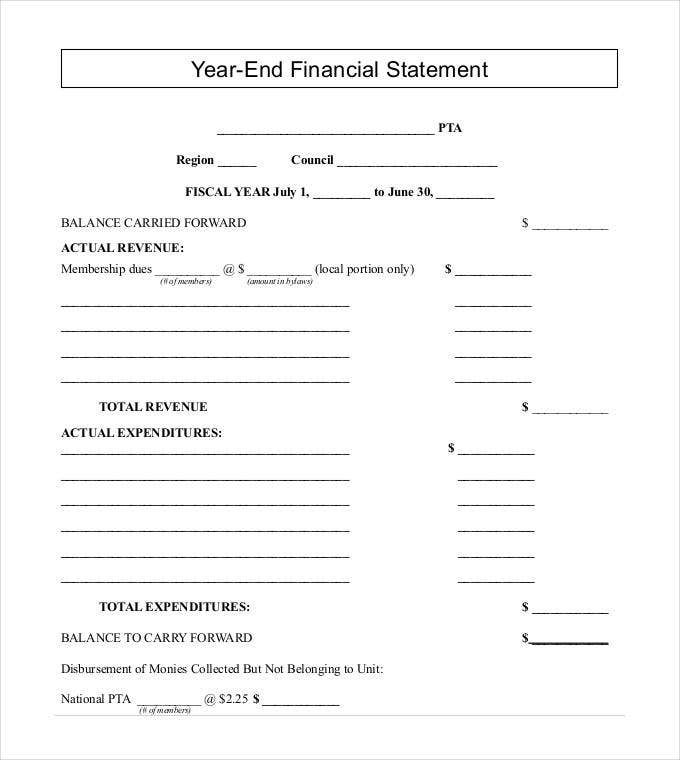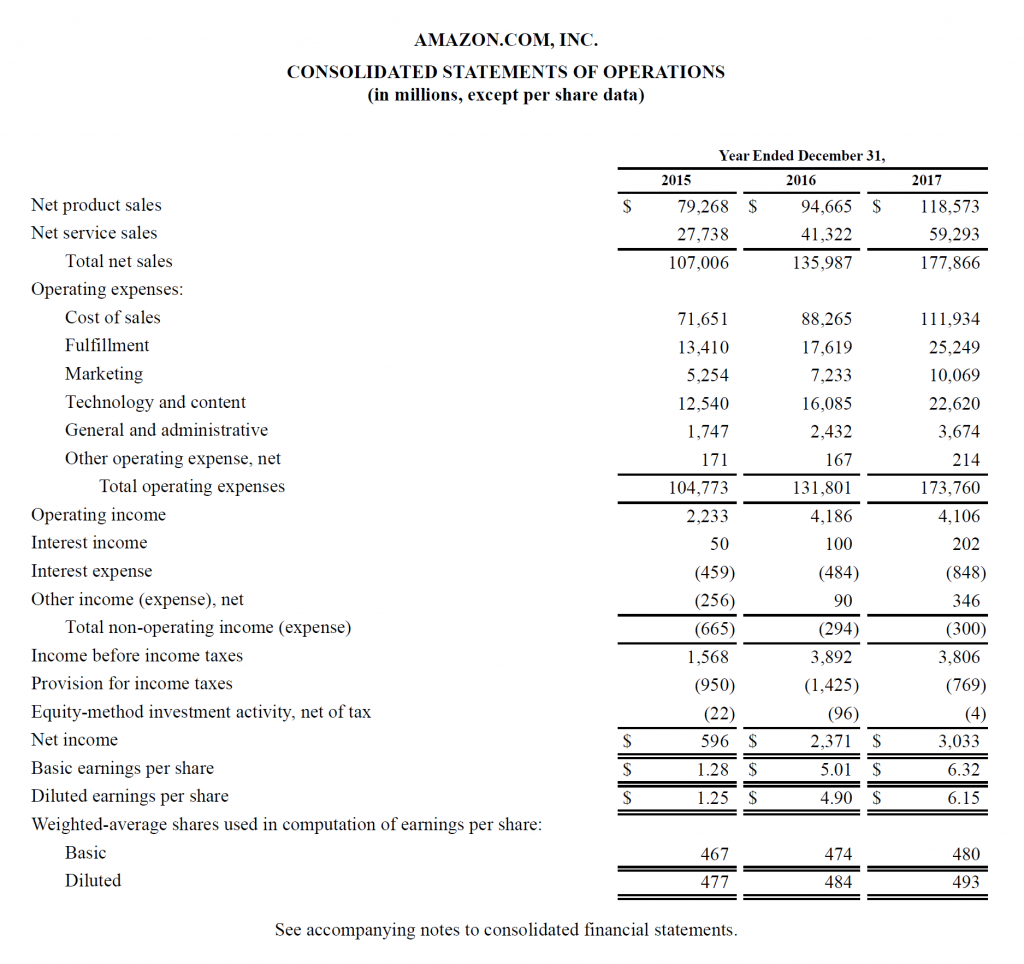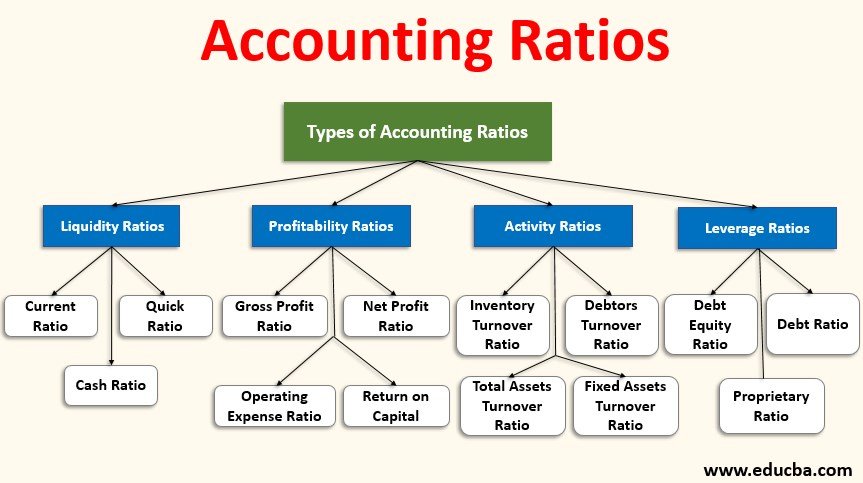Year-end financial statements can make or break an organization’s reputation. Think of it as a report card for the business. A brief look at this report reveals the profit margin, sales, and losses of the company.
Financial accounting has an extensive curriculum that involves annual reports, estimates, case studies and more. Each year-end report consists of numerous accounts- balance sheet, income statement and cash flow records.
The regular financial analysis gives you deeper insights about your business. Here is a step-by-step guide on how to write annual financial reports to ace your assignment.
The elements of a financial report
Financial reports track the progress, profit, and potential of a firm. These reports give you an accurate insight into the cash flow situation and contingencies. Plus, analyzing the different entries, you can estimate the growth of the company with greater precision.
Students of finance and accounting prepare these statements to understand the practical application of accounting theories. A financial report is not a one-page statement, though. There are three main elements to every year-end analysis.
- Income statement
- Cash flow statement
- Balance sheet
The income statement is for listing the income sources and profits/losses of the company. The cash flow statement gives you an estimation of the spending capacity of the firm. The balance sheet is where all the accounting entries are tallied to calculate the company’s performance.
Collect all the accounting entries
Every financial report requires some necessary details from journals, ledgers, and trial balance statements. These three documents give you all the entries needed for advanced-level financial accounting.
The journal entries record the day to day transactions of the company. The students have to then sort through the entries and arrange them in various accounts. First, you move the entries from the journal to the ledger. Then you format the trial balance, profit and loss account and the cash flow statements.
Collect all your entries, recheck them and analyze it thoroughly before you add them in the income statement. I will elaborate on the three main year-end financial reports below.
Guide to prepare a year-end financial report
Complete your Income statements
The income statement is prepared to record all the income and expenditure of the firm. I would suggest students record income flow for goods and services separately. Include the name of the company and period of the income statement in the title.
The main structure of an income statement would have two separate columns for revenue and expenditure. Enter all your transactions (with the corresponding details, receipt numbers, etc.) in either of these columns.
The revenue column is for the money that comes into the organization, expenditure outlines the main costs. This includes labour charges, taxes, and other overhead expenses. Using this information, you get a gross profit/loss estimate for the firm.
Ensure that you list down the expenses and costs in an orderly fashion. Separate the expenses into different categories to simplify the income statement. Also, note: if the final answer is a decimal value, I suggest you round it off.

Compile Cashflow records
The cashflow records give you a detailed itinerary about the monetary transactions of a firm. This statement is generally calculated for a standard financial year. Mention the duration, name of the firm and other details in the header section.
I also recommend that you start the cashflow with an operating statement. The title of your cash flow statement should be, “Cashflow from Operating Activities”. The details of this statement must correspond with the income statement prepared earlier.
The operation activities for a company includes several miscellaneous entries. Cash paid for a service, sales receipts, and inventory management are a few aspects you can include. End the report with a subtotal of these items, clubbed under the category “Operating Activity Net Cash.”
The cash flow statement presents all the daily transactions of a company in a single report. Combining the results of the income statement and the cash flow, you can prepare the final balance sheet.

Creating Balance sheets
The balance sheet is one of the most vital financial reports for any company. Consider the balance sheet as a report card of an organization. The two columns titled Assets and Liabilities list down all your resources. Other than that, you need a section for equity accounts and stocks as well.
The assets and liabilities must tally towards the end of your balance sheet. List down the current assets like capital investment, stocks, and cash in hand first. Next comes the fixed assets like land and machinery.
Itemize your liabilities and equity shares the same way. Then you must add the gross profit/loss borrowed from the income statement. Financial analysts then compare the various elements of the balance sheet to derive accounting ratios. This gives you deeper insights into the business.
Tips for writing an excellent financial report
Students usually don’t have to prepare financial reports from scratch. Your task is to extract the entries from the adjusted trial balance and prepare the final accounts. This is because the journal, ledger and trial balance are an exhaustive process.
The adjusted trial balance saves you from a lot of extra effort. However, you must know all the accounting rules to successfully apply the entries to other reports. Check out these tips to further simplify the task.
Clarify your objectives
The first thing you need in a financial report is clear-cut accounting objectives. Always state the accounting year and the name of the financial information. The income statements and cash flow reports must have receipts attached inside. You can add further footnotes and annotation to clarify a few transactions.
Defining your goals beforehand also reduces the scope for errors. Check with your peers and professors about the structure of the report. Ensure that every entry is clarified and explained in the accounts.
Guide to prepare a year-end financial report
In-depth analysis and insights
Once you have arranged the entries in the respective accounts, it’s time to calculate the numbers. Add a grand total column towards the end of every statement and highlight it. Students can prepare these accounts manually or use accounting software for the same.
Personally, I prefer the accounting software for the job. It prevents the risk of calculation errors and other careless mistakes. All you have to is shift the entries around in their respective columns and let the software do the calculations.
Also, once you have the numbers ready, you can compare the accounts to get deeper insights into the company’s performance.
Factual accuracy and credibility
The factual accuracy and credibility of your report are of utmost importance. All your hard work goes down the drain if the balance sheet doesn’t tally at the end. You can add proper citation and references for the sources borrowed for the financial report
The accounts and statements are a small part of the year-end report. You need to expand on these entries, explain the findings and gauge their contribution to the company accounts. Consult your university website about the format and referencing used in the reports.

Set qualitative benchmarks
Setting qualitative benchmarks prove the authenticity of your financial statement. The theoretical part of the report justifies how and why the entries were transferred to the respective accounts. Using the data from the balance sheet, you can figure out specific accounting ratios. It explains resource allocation, accounting decisions and scope of the company.
The accounting cycle explained.
The accounting cycle is an extensive process that starts with simple journal entries and ends with the balance sheets. For some projects, you might also have to calculate accounting ratios for in-depth financial analysis.
The accounting starts with the accounting year. The daily transactions recorded in the journal is then transferred to the ledger. Based on the ledger entries, you can prepare the trial balance, cash flow and income statement. The final accounts, i.e. balance sheet, is where all these elements are combined for a more holistic picture.
To make things clear, I have listed down the steps in an accounting cycle below.
- Journal entries
- Ledger entries
- Prepare the trial balance
- Adjust the reverse journal entries
- Edit the trial balance
- Profit-loss statement
- Cashflow statement
- Income and expenditure accounts
- Balance sheet
- Accounting ratios
Quick links and references
Here are some top links and references to download guides, samples, and templates for your next financial report. These layouts work well on all platforms and come from verified sources. I have also added university guides for citation and a reliable citation generator for your benefit.
Citations and reference guide: Harvard referencing guide
Citation generator: CiteFast
Income statement templates: Financial report template by St. Mary’s College Of Maryland Foundation, Inc.
Cashflow statement templates: Cashflow statement guidelines
Balance sheet templates: Balance sheet guidelines
Best accounting software: Accounting software recommended for students
Image: screenshot
The bottom line
Preparing a year-end financial report is not an easy task. I hope that this guide would help you structure a detailed financial report for your next project. I have tried to include all the possible elements, features and tips to assist amateurs and experts alike. Good luck!

 WhatsApp Us
WhatsApp Us